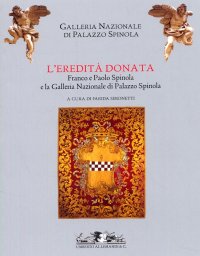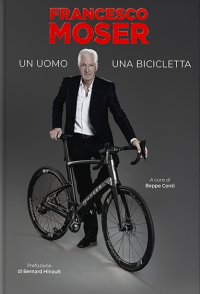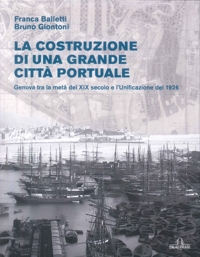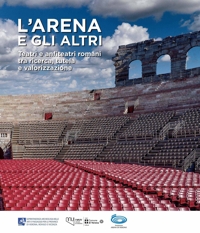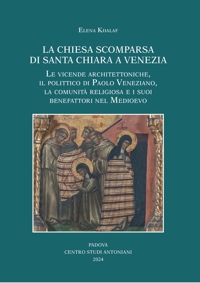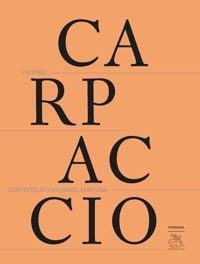Il ritratto equestre di giovan carlo doria e palazzo spinola di pellicceria al tempo di rubens
A cura di Zanelli Gianluca.
Genova, 2023; br., pp. 240, ill. b/n e col., cm 17x24.
prezzo di copertina: € 35.00
|
Libri compresi nell'offerta:
Il ritratto equestre di giovan carlo doria e palazzo spinola di pellicceria al tempo di rubens
A cura di Zanelli Gianluca.
Genova, 2023; br., pp. 240, ill. b/n e col., cm 17x24.
OMAGGIO (prezzo di copertina: € 35.00)
Valerio Castello.
Torino, 2008; ril., pp. 301, ill. b/n, 28 tavv. col., cm 21,5x31.
(Archivi di Arte Antica).
OMAGGIO (prezzo di copertina: € 45.00)
L'Eredità Donata. Franco e Paolo Spinola e la Galleria di Palazzo Spinola
Genova, Palazzo Spinola, 5 febbraio - 24 maggio 2009.
Genova, GALLERIA NAZIONALE DI PALAZZO SPINOLA, 6 febbraio - 24 maggio 2009.
A cura di Simonetti F.
Torino, 2009; br., pp. 149, ill. b/n e col., tavv., cm 17x22.
OMAGGIO (prezzo di copertina: € 22.00)
Discourse analysis and the environment: ecolinguistic perspectives
Anna Re
LED - Edizioni Universitarie di Lettere Economia e Diritto
Testo Inglese.
Milano, 2024; br., pp. 110, cm 15x22.
(Lingue culture mediazioni).
collana: Lingue culture mediazioni
ISBN: 88-5513-158-3 - EAN13: 9788855131582
Testo in: 
Peso: 0 kg
Kraus Nina € 23.75
€ 25.00 -5 %
I Disegni di Palma il Giovane nella Collezione Sagredo. «tomo Sesto»
Not a Woman Architect. The Life and Work of Brigitte Peterhans
«Con lagrime di giubilo agli occhi». Guercino e la pittura ferrarese
Piante degli dèi. I loro poteri sacri, guaritori e allucinogeni









